Taiwan a beacon of eco-tourism and biodiversity preservation
 Taiwan has been in the news due to ongoing conflicts with China, so I thought I’d share a different side of the story – a happier one.
Taiwan has been in the news due to ongoing conflicts with China, so I thought I’d share a different side of the story – a happier one.
I once had the privilege of travelling to the beautiful island of Taiwan – set offshore from Mainland China and claimed under the People’s Republic of China’s umbrella of jurisdiction. Due to a forward-thinking government, Taiwan is emerging as a world leader in eco-tourism planning, resource management and habitat protection.
Taiwan was originally settled over 30,000 years ago by the Changbin/Changpin, Beinan and Tapenkeng (Dapenkeng) cultures. Modern colonization, however, only dates back to the 17th century when the Dutch arrived, followed by the Han Chinese and the Spanish. The original indigenous tribes were often overwhelmed by these settlers, and their identity and culture absorbed.
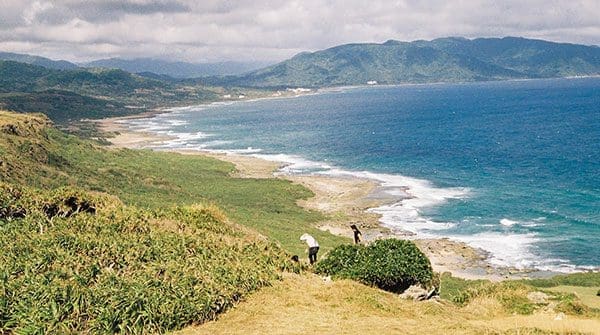 Kenting National Park |
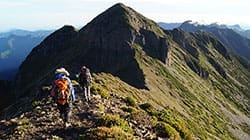 Yushan National Park |
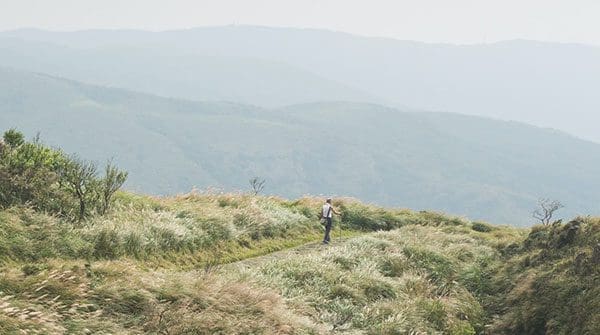 Yangmingshan National Park |
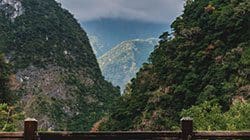 Taroko National Park |
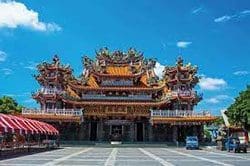 Taijiang National Park |
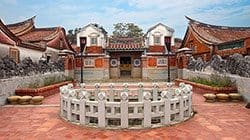 Kinmen National Park |
 Gorge Shei-pa (Xueba) National Park |
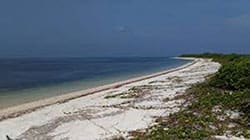 Dongsha Marine National Park |
Today, however, they are re-emerging as a people with a strong heritage and pride in their foundations, with many tribes having become extensively involved in the tourism and eco-tourism industries.
During the Japanese occupation (1885-1945) much of Taiwan’s forested lands were logged. Japanese over-harvested the native deer populations as the hides were revered for Samurai armour production, food, medicinal uses and trade.
This led to cultural shifts in aboriginal tribes as traditional foods and resources were lost, but the Japanese Empire still had the foresight to protect and preserve some areas. In 1937, three national parks were designated: Daiton National Park (including what is now Yangmingshan N.P.), Shintaka Arisan National Park (now known as Yushan N.P. and Alishan Recreational Forest) and Tsugitaka National Park (now Taroko and Shei-Pa National Parks).
Taiwan now has eight national parks, covering about 325,000 square kilometres, to honour and preserve its natural heritage and to protect many of its reported 50,000 species of plants and animals. Together, these lands represent its unique marine ecosystems and montane forest habitats; the latter is mainly comprised of cypress, juniper, fir and bamboo.
Here is some background on these parks:
- Kenting National Park – Established in 1984 and located in Hengchun Peninsula, it encompasses 332 square kilometres and is the southernmost of Taiwan’s parks. It is unique as being the first park created under the new Taiwan regime, after the Japanese Occupation ended.
- Yushan National Park – Covering 1055 square kilometres, it is the largest Taiwanese national park and was established in 1985. It was named to honour Jade Mountain, the highest peak in the park. In fact, over 30 peaks in the park exceed 3,000 meters in elevation! The Taiwanese describe the park as poorly visited compared to the other national parks, but in 2005 it claimed almost 1.4 million visitors who travelled its 40 km of footpaths! Spanning subtropical to alpine zones, its wildlife and flora are diverse, and it claims several rare species within its boundaries, including the Formosan black bear, sambar deer, the Taiwan macaque and the serow.
- Yangmingshan National Park – Originally called Grass Mountain, it became a national park in 1985. Today its fame arises as the location of Chiang Kai-shek’s summer house, the Chinese Cultural University, the meeting place of the former National Assembly of the Republic of China and where the archives of the Kuomintang Party are housed. Its importance also lies in its hot springs, fumaroles, wildlife and hiking trails.
- Taroko National Park – Originally known as Tsugitaka, parts of Taroko were identified as protected lands in early 1937 to honour the famous Taroko Gorge, making it one of the oldest parks in Taiwan. It was founded when the Japanese still ruled Taiwan, and as a cruel twist of fate, the park was actually abolished in 1945, when the Japanese were defeated, but was reinstated in 1985-6. It is a tourist haven featuring many world-class attractions – the Marble Gorge, the Tunnel of Nine Turns, the Eternal Spring Shrine, the Swallow’s Mouth, Jinheng Park, the Bridge of the Kind Mother, Tiansiang, the Jhueilu Precipice, the Lioufang Bridge, Buluo Bay and the Hill of Yu the Great!
- Taijiang National Park – Formerly part of the Taijiang Inland Sea and one of Taiwan’s newest national marine parks, Taijiang covers 39 square kilometres.
- Kinmen National Park – This new park (1995) is located on the Greater and Lesser Kinmen islands. Occupying a mere 38 square kilometres, its historical fame resides as the site of the famous battles of Kinmen. Historical ruins, including old battlefields and preserved traditional villages, may be found throughout the park. Additionally, the Guningtou Battle Museum and the August 23rd Artillery Battle Museum are located on the island.
- Gorge Shei-pa (Xueba) National Park – Boasting many species of rare plants and animals, at 768.5 km2, it is one of the larger parks and encompasses the peaks of the Hsuehshan and Dabajian Mountains. It was established in July 1992 to preserve a fragile local ecology.
- Dongsha Marine National Park – This large park (3537 square kilometres of water and 1.74 square kilometres of land) is Taiwan’s first oceanic national park and is home to many species of endemic plants, fish and insects. Part of the original Silk Road route, it was established in 2007 by decree of the Executive Yaun.
Three other national parks, Magao, Neng-Dan and Ponso no Tao National Parks, were proposed but were never designated due to local opposition by indigenous tribes.
The first reference to “eco-tourism” that I could find in the literature was in 1983 when the Mexican architect-environmentalist Herter Caballos Lascurain coined the phrase. Since then, a worldwide movement has evolved, albeit much of that in the very recent past.
In the 1990s, the International Eco-tourism Society defined eco-tourism as “responsible travel to natural areas that preserves the environment and provides benefits to local cultures.” The United Nations declared 2002 as Eco-tourism Year, as did Taiwan. Today, Taiwan has carried through on its promise to protect as much of the native flora and fauna as it reasonably can and adopted and enforces a “Leave No Trace” philosophy to eco-tourism.
The Society of Wilderness is a Taiwanese group established to popularize natural ecological preserves and assist the government in protecting wilderness and conserving natural resources. They have worked to chronicle some of Taiwan’s resources by developing various floral, faunal and informational databases.
Founded in 2001 and composed of about 350 like-minded associations, NGOs, individuals, teachers, researchers and government officials, the Taiwanese Eco-tourism Association (TEA) was established and has developed the Eco-tourism Net, a website to encourage the preservation of Taiwan’s environment, resources and culture. It is also involved in developing regulations to manage eco-tourism activities, standards for facilities and guides and eco-tourism tour itineraries.
Still in its infancy, eco-tourism is an emerging industry in Taiwan.
Until recently, much of Taiwan’s attractiveness to tourists rested in visitors visiting its scenic places and sampling its cuisine. The current groundswell is trying to encourage visitors to sample the flora and fauna. Over 400 species of birds can be found here as nesting or migratory species. Tropical coastal forests, subtropical climates, temperate zones and montane zones host a variety of species, adding to the diversity of the wildlife adventure.
I will dig a bit deeper in my next column on this incredible story of environmental foresight.
Geoff Carpentier is a published author, expedition guide and environmental consultant.
For interview requests, click here.
The opinions expressed by our columnists and contributors are theirs alone and do not inherently or expressly reflect the views of our publication.
© Troy Media
Troy Media is an editorial content provider to media outlets and its own hosted community news outlets across Canada.

